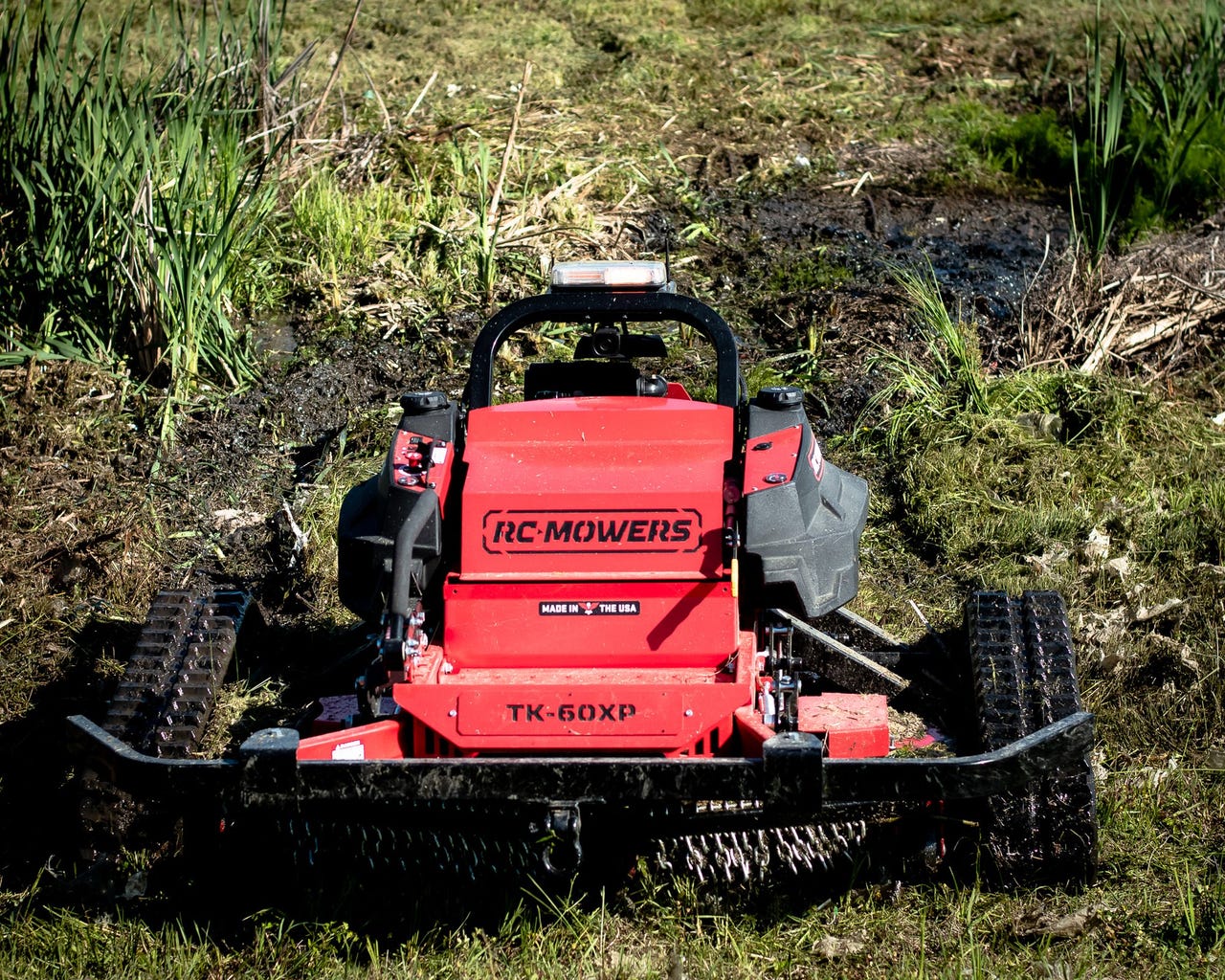Brace for a world overrun by robotic lawnmowers


Robotic lawnmowers are still a novelty in the U.S., where lawns are big and landscaping labor tends to be affordable in many parts of the country, but they're far more commonplace in Europe's modest lawns. Their popularity in the U.S. may be set to balloon.
"We are seeing a rapid rise in robotic mowers because technology has advanced enough that we can finally do it cost-effectively," says Tim Kubista, VP of sales and marketing for RC Mowers, an emergent player in the robotic lawn mowing arena. "In this world there is a growing interest in safety in all industries and mowing is no different. Injury prevention is a powerful motivator for companies to purchase robotic mowers. In addition, the labor market in the mowing industry is tight and the workers themselves are increasingly turning their back on tedious and unsafe jobs (e.g. string trimming on steep slopes). With robotic mowers, this kind of work is more efficient and requires less labor."
Global Industry Analysts, Inc. recently released a report and projections related to robotic lawnmowers and predicts the sector will be worth $1.4b by 2026. The U.S. market will account for $225.4 million of the sector in 2021, while China is forecast to reach a comparable milestone of $238.2 million by 2026. Currently, more than 340,000 commercial mowers are purchased in the United States each year.
One of the reasons robotic mowers still seem niche is that their toehold thus far has been with commercial customers, the kind that can make an ROI case for a robotic lawnmower. RC Mowers, for example, was founded on the idea of mowing steep slopes safely. As a result, its remote-operated robotic mowers are designed with several integrated safety features useful for professional landscaping and are tested regularly. The mowers comply with, or exceed, ISO and ANSI standards.
"We chose to focus on the commercial market because they buy mowers to make money and can quickly see the value of purchasing our super-efficient robotic mowers, which can run between $38,000 and $60,000," says Kubista. "And when you include organizations such as public works and parks departments, who also use our products, there is a strong obligation to put their workers in safe conditions."
The labor factor is also a prevalent driver of development toward the commercial space. The fact is, there is a large underground labor economy for residential landscaping in many areas of the U.S. But commercial and public clients, such as municipal governments, must hire transparently, and here the labor equation gets a little murkier. Legal labor availability is often an issue in the mowing industry. Robots can help alleviate the challenge with increased efficiency and safety.
Government entities, especially concerned about avoiding jobsite injuries, have been quick to embrace the technology. According to RC Mowers, many municipalities choose to purchase one or two mowers and share it among the various public works departments in their area.
That commercial and public usage is set to expand to the consumer market as the technology becomes more affordable, particularly as attitudes toward technology have shifted favorably during the pandemic. Where Roomba conquered the residential vacuuming space, new players in the global lawn mowing may soon follow.